In the early days of Cebu Pacific, the airline adorned its fleet with special liveries showcasing the beauty and culture of various Philippine destinations. As the carrier has grown from a small regional player to a major international airline, the opportunity to revive and expand this tradition presents itself, potentially bringing significant benefits to both the company and the nation.
Cebu Pacific’s original special liveries featured prominent destinations such as Manila, Cebu, and Davao, each aircraft proudly displaying iconic landmarks and cultural symbols unique to these cities. Now, with an expanded route network and a growing fleet, the airline has the chance to broaden its visual storytelling through aircraft design.
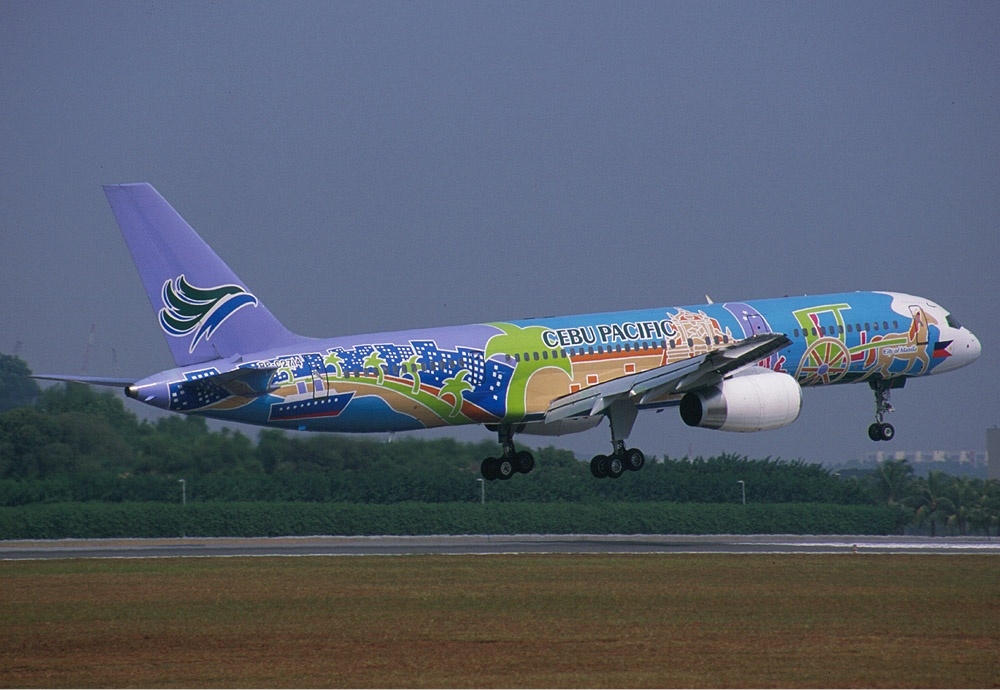
Ira Jaidor Galgo, a talented member of the Aviation Updates PH team, has created a series of mockups illustrating how modernized Cebu Pacific special liveries could appear. These designs not only pay homage to the airline’s roots but also showcase the diverse beauty of the Philippines to a global audience.
City of Manila
This livery captures the essence of the nation’s capital, featuring the iconic Manila Bay sunset, Rizal Park, Jones Bridge, a traditional kalesa (horse-drawn carriage), Intramuros, and the revered Black Nazarene.
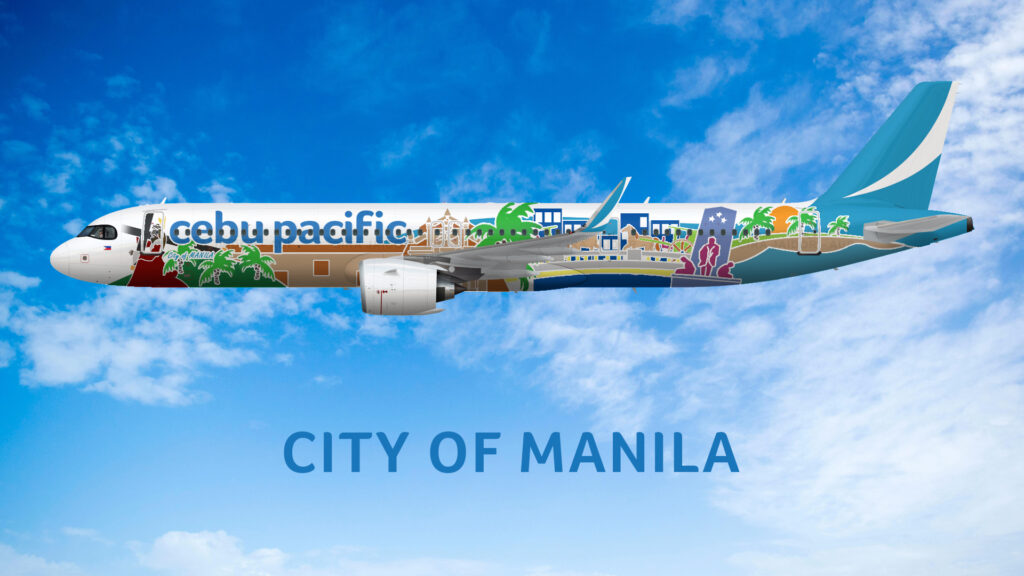
City of Cebu
Celebrating the Queen City of the South, this design highlights Cebu’s rich marine life, world-famous mangoes, locally crafted guitars, and the beloved Sinulog festival honoring the Santo Niño.
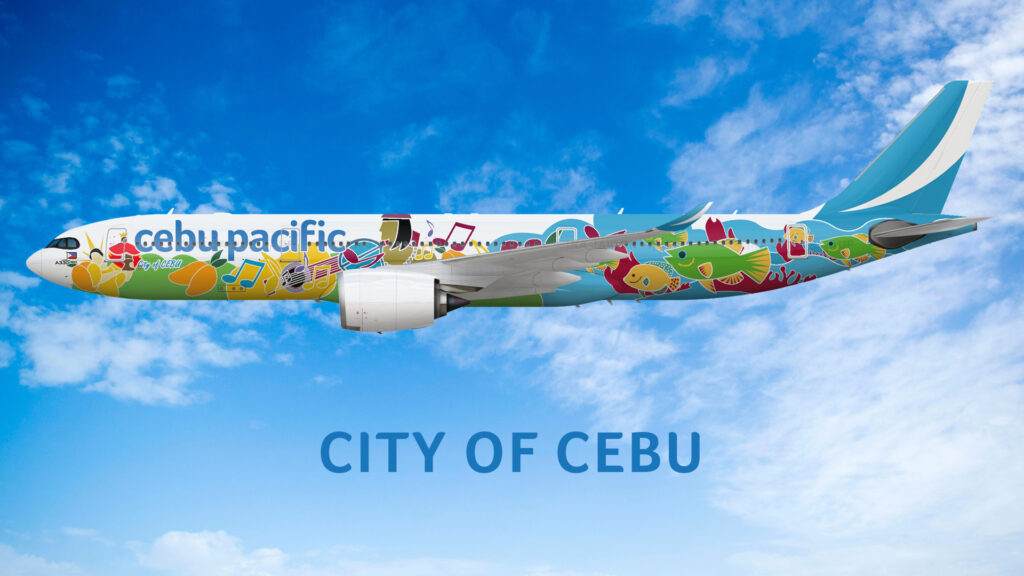
City of Davao
Davao’s unique character shines through with depictions of the durian fruit, the majestic Philippine eagle, and the towering Mount Apo.
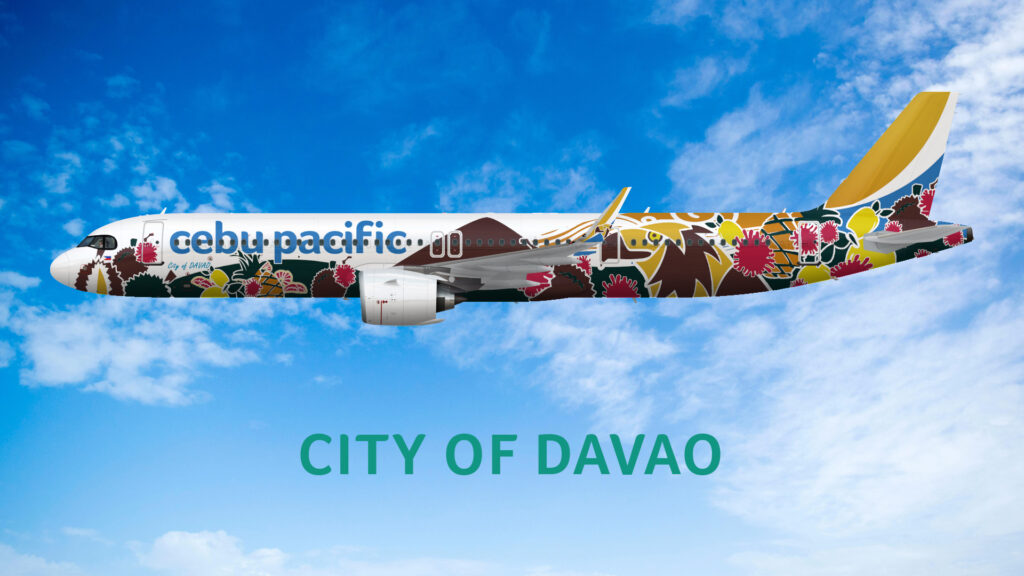
Island of Bohol
The natural wonders of Bohol take center stage, featuring the iconic Chocolate Hills and the endemic tarsier, two of the province’s most recognizable attractions.
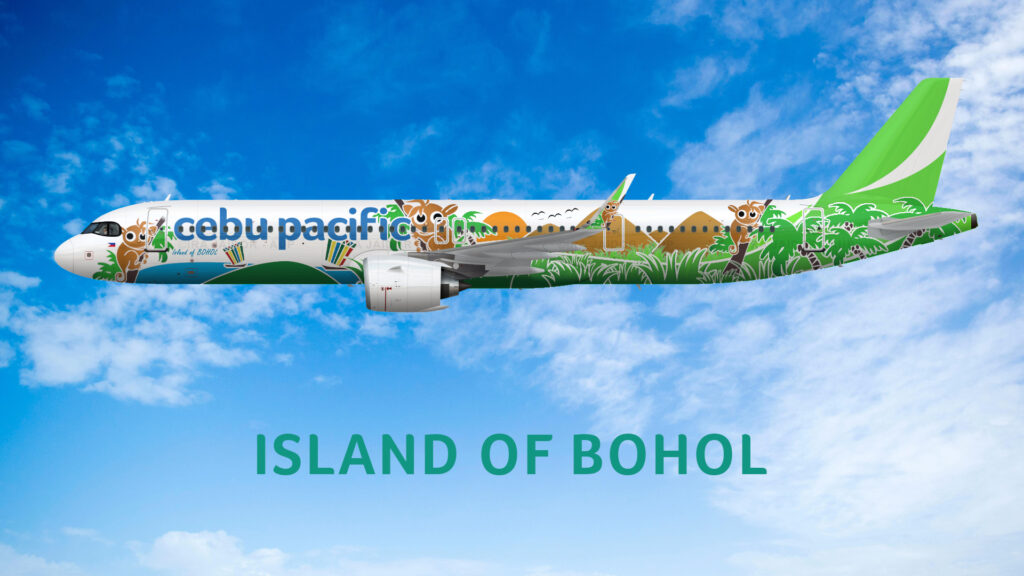
City of Cagayan de Oro
This livery showcases Cagayan de Oro’s white-water rafting and kayaking activities, emphasizing the city’s adventure tourism. The mid-fuselage highlights the motorela, a unique local transport. The front section shows the City Museum, once a 1922 Water Tank Tower, alongside natural elements, representing the city’s mix of history and natural beauty.
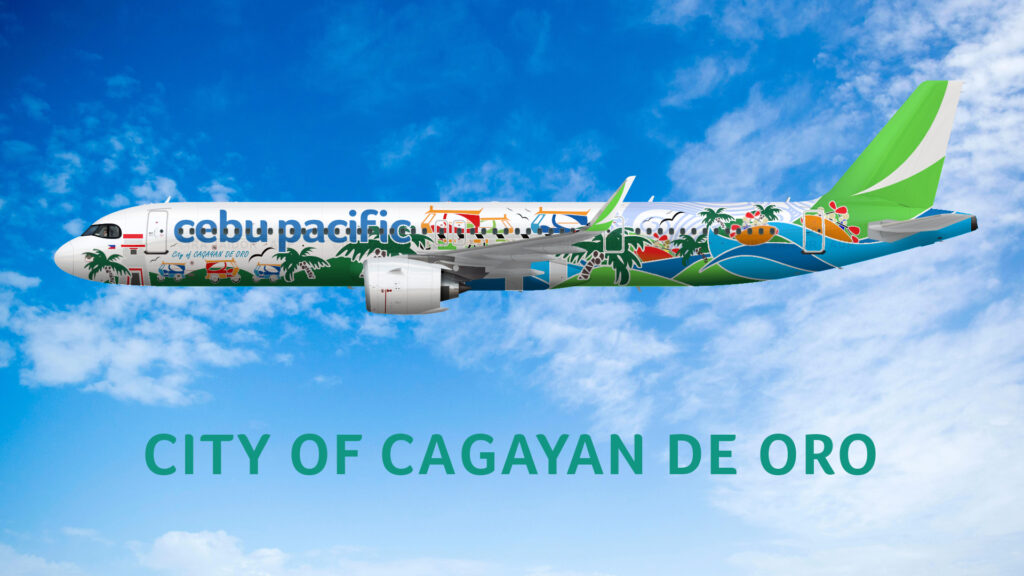
Sun, Sea and Sand
Embodying the essence of Philippine tourism, this design highlights the country’s world-renowned beaches, unique sand formations, and breathtaking sunsets.

The potential impact of these special liveries extends far beyond mere aesthetics. As these aircraft traverse international routes, they serve as flying billboards, promoting Philippine destinations to a global audience. In today’s interconnected world, images of these uniquely designed planes shared by passengers, aviation enthusiasts, and media outlets could provide invaluable exposure for the country’s tourism industry.
Moreover, this initiative could contribute to increased national pride among Filipinos, seeing their local cultures and landmarks represented on an international stage. For Cebu Pacific, it presents an opportunity to differentiate itself in a competitive market while reinforcing its identity as the Philippines’ leading low-cost carrier.
Looking ahead, the possibilities for future livery designs are limitless. We invite our readers to share their ideas for other Philippine destinations and cultural elements they’d like to see represented in future Cebu Pacific special liveries.
What places do you want to see as Cebu Pacific's next aircraft livery?
- Boracay (33%, 26 Votes)
- Palawan (22%, 17 Votes)
- Iloilo (13%, 10 Votes)
- Zamboanga (11%, 9 Votes)
- Bacolod (9%, 7 Votes)
- Legazpi (8%, 6 Votes)
- Tacloban (5%, 4 Votes)
Total Voters: 79
Should Cebu Pacific choose to revive this tradition, the potential benefits could extend far beyond the airline itself. By promoting diverse Philippine destinations, these flying works of art could contribute to increased tourism, enhanced local livelihoods, and overall economic growth across the archipelago.
As we look to the skies, we might just see a fleet of aircraft that not only connects people and places but also tells the vibrant story of the Philippines to the world.













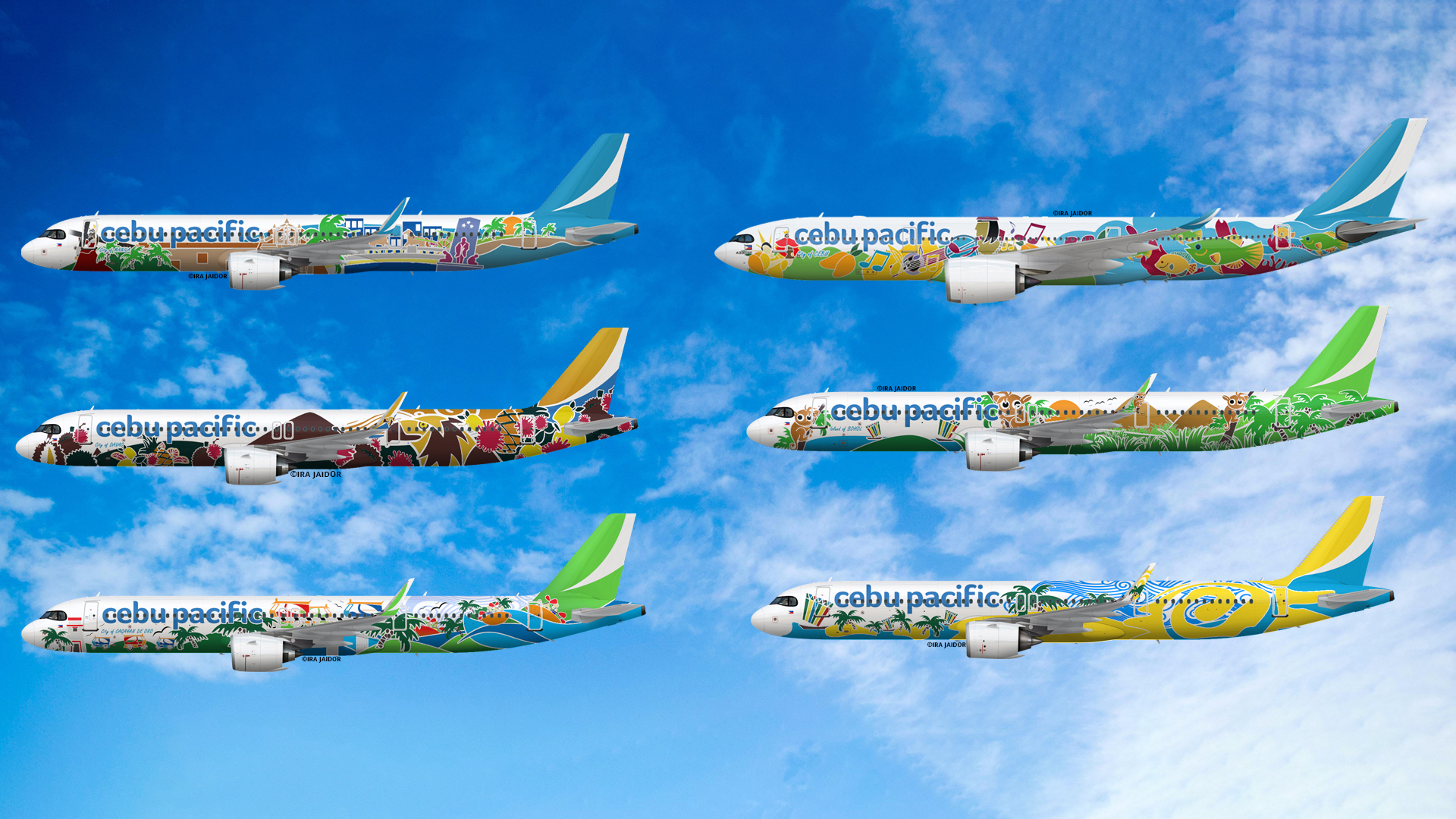









Leave a comment